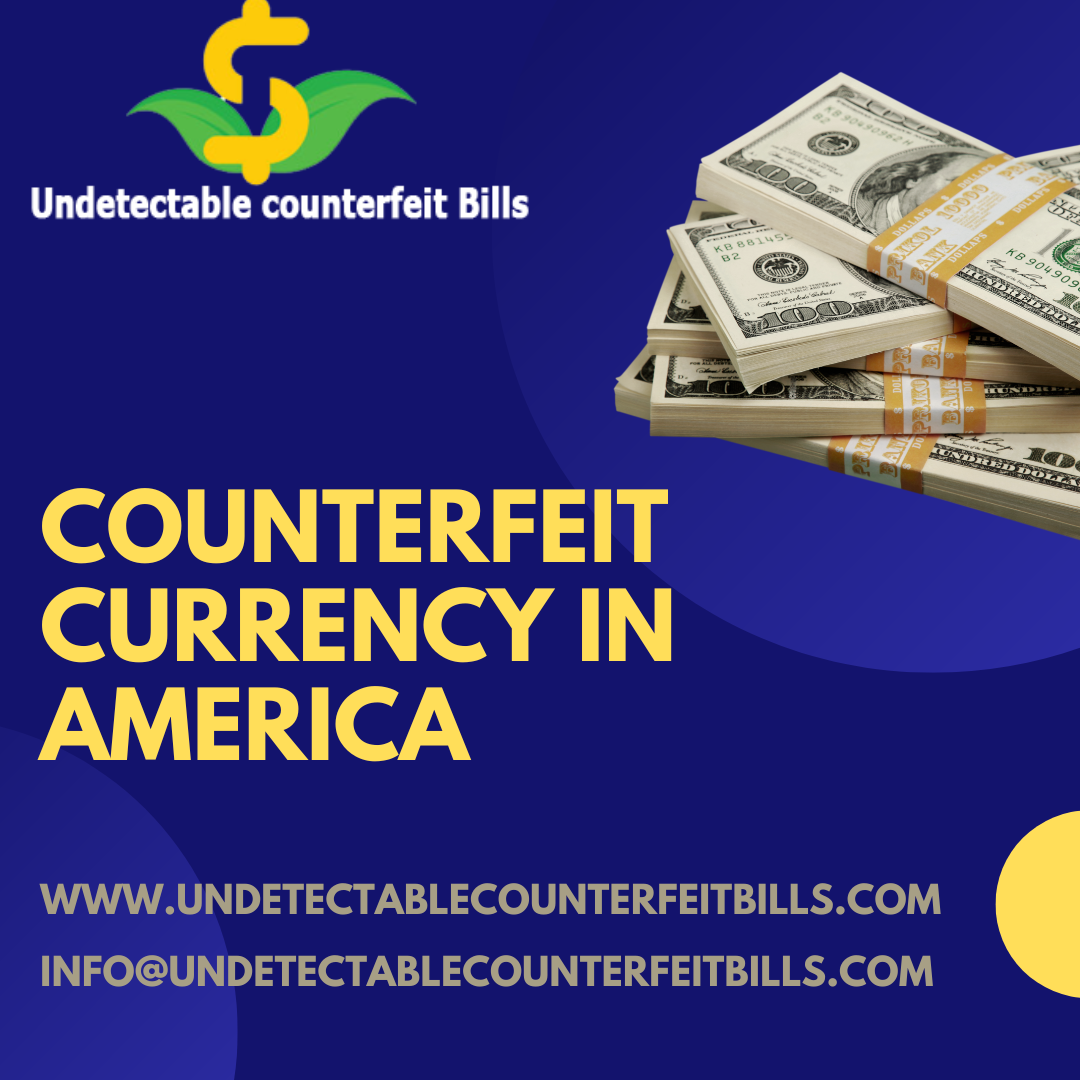Counterfeit Currency In America is an age-old problem that continues to evolve with technological advancements. In America, the issue of counterfeit currency poses significant risks to the economy, businesses, and consumers. Understanding the complexities of counterfeiting is crucial to mitigating its impact and safeguarding the integrity of our financial system.
History of Counterfeit Currency in America
Counterfeiting has plagued the American economy since its inception. In the early days, crude methods like hand-drawn notes were common. The problem became rampant during the Civil War, when both the Union and Confederacy printed their own money, leading to widespread counterfeiting. As technology evolved, so did the sophistication of counterfeit operations, making detection increasingly challenging.
Modern Counterfeiting Methods
Today’s counterfeiters use advanced digital printing technologies and sophisticated software to produce fake currency that can be difficult to distinguish from genuine notes. These counterfeit bills are often distributed through various channels, including online marketplaces and criminal networks, making them harder to trace and intercept.
Detection of Counterfeit Currency
Traditionally, detecting counterfeit currency involved physical examination for inconsistencies in the paper, ink, and printing techniques. However, technological advancements have led to the development of tools such as UV light detectors, magnetic ink detectors, and advanced software systems. The Secret Service plays a crucial role in combating counterfeit currency through investigation and enforcement efforts.
Impact on the Economy
Counterfeiting results in significant financial losses for businesses and consumers. It undermines trust in the monetary system and can lead to inflation if not controlled. The government incurs substantial costs in redesigning and producing secure currency, as well as in enforcement and public education campaigns.
Legal Consequences of Counterfeiting
Federal laws in the United States impose severe penalties for counterfeiting, including lengthy prison sentences and hefty fines. High-profile cases, such as the capture of master counterfeiter Frank Bourassa, highlight the seriousness with which authorities treat this crime.
Preventative Measures by the Government
To combat counterfeiting, the government periodically redesigns currency, incorporating new security features such as watermarks, security threads, and color-shifting inks. Public awareness campaigns are also essential, educating people on how to identify counterfeit bills and encouraging them to report suspicious activity.
Role of Financial Institutions
Banks and other financial institutions play a critical role in detecting counterfeit currency. They implement stringent policies, train employees on detection techniques, and establish procedures for reporting counterfeit notes to authorities.
Public Awareness and Education
Public vigilance is a key component in the fight against counterfeit currency. Learning to identify counterfeit bills through features like the feel of the paper, security threads, and holographic images can help individuals avoid accepting fake money. Resources are available online and through community programs to educate the public.
Technological Innovations in Currency Design
Modern currency incorporates numerous security features designed to thwart counterfeiters. These include 3D security ribbons, microprinting, and tactile features. The future of currency design may see even more advanced technologies, such as biometric elements and nanotechnology, further enhancing security.
Case Studies
Historical and contemporary case studies provide valuable insights into counterfeiting operations. Notable counterfeiters, like the aforementioned Frank Bourassa, demonstrate the lengths to which criminals will go to produce fake currency. Successful detection and prevention efforts, such as the coordination between various law enforcement agencies, highlight effective strategies in combating this crime.
Collaboration with Law Enforcement
Effective counterfeiting prevention relies on collaboration between federal and local law enforcement agencies, as well as international cooperation. Sharing information and resources helps track and dismantle counterfeiting operations. Success stories from such collaborations underscore the importance of joint efforts.
Challenges in Combating Counterfeiting
As counterfeiters continually adapt their methods, law enforcement faces ongoing challenges. Allocating sufficient resources, staying ahead of technological advancements, and balancing security with the usability of currency are all critical issues that need to be addressed.
Future of Counterfeit Prevention
Looking ahead, the next decade may bring new technologies and strategies for preventing counterfeiting. Research and development in anti-counterfeiting measures will likely focus on integrating cutting-edge science into currency design and detection methods, ensuring that our financial system remains robust and secure.
Conclusion
Counterfeit currency remains a significant threat to America’s economy and security. Continuous vigilance, technological innovation, and public education are essential in combating this crime. By staying informed and proactive, we can all contribute to preserving the integrity of our currency.
FAQs
What should I do if I receive a counterfeit bill?
If you suspect you have received a counterfeit bill, do not return it to the passer. Instead, contact local law enforcement or the Secret Service and provide as much detail as possible.
How can I tell if a bill is counterfeit?
Look for security features such as watermarks, security threads, and color-shifting inks. Compare the bill with a genuine one, paying attention to the texture and print quality.
What are the most commonly counterfeited denominations?
The $20 and $100 bills are the most commonly counterfeited denominations in the United States due to their high value and frequent use.
How does counterfeiting affect everyday consumers?
Counterfeiting can lead to financial loss for consumers who unknowingly accept fake bills. It also undermines trust in the monetary system and can contribute to inflation.
Where can I learn more about counterfeit currency?
Resources such as the Secret Service website, the U.S. Treasury, and educational programs offered by banks and financial institutions provide valuable information on counterfeit currency.

